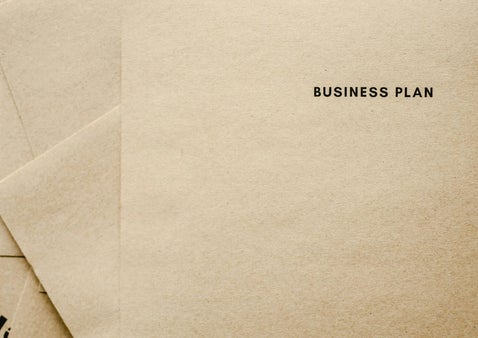I didn’t wake up one day with a big business plan.
There was no whiteboard filled with goals, no carefully mapped-out strategy. The word business didn’t feel right at all — not at first.
What I did feel was a quiet pull.
A growing awareness that people around me — good people, smart people were getting stuck. They had something important to offer, but they didn’t know how to share it. They were overwhelmed by the noise. Burned out by trying to “do things right.”
And honestly? They were tired of pretending. And so was I.

I didn’t want to build something that helped people play a louder game. I wanted to help them step out of the game entirely—and come home to their own voice instead.
At first, it was casual.
I would help someone set up a simple website or talk through their social media presence over coffee. It wasn’t about making money—it was about making space. Space for clarity. For alignment. For truth.
Space where people could stop guessing what they were “supposed” to sound like… and just sound like themselves again.
Over time, it became clear that this wasn’t just something I was good at. It was something I was meant to do. Because helping people reconnect with their voice, their story, their sacred offering—that’s not a service.
That’s a calling.
And slowly, Inside The Cart stopped being a side project or a casual offer. It became a vessel.

The Beginning Wasn’t Loud—But It Was True
At the beginning, it was simple.
I’d help a friend write their About page or walk someone through setting up their first business email. Sometimes I’d sit across from someone who had a notebook full of scattered thoughts, and I’d help them pull something clear and usable out of it.
I wasn’t doing it for the money at that point. Honestly, I just liked helping. I could see where people were stuck, and I knew how to move them forward — gently, without overwhelm.
It wasn’t about giving people a formula. It was about reminding them that they didn’t have to perform to be valuable. They already had something real — they just needed a little help making it visible.
Over time, I started to notice patterns.
People didn’t need hype. They needed permission to start small. They didn’t want to chase trends; they just wanted to feel good about how they were showing up. They needed tools that worked for them, not templates that made them feel like they had to fit into someone else’s voice.
That’s when I realized: there’s something here. And slowly, Inside The Cart began to take shape.
> Why "Inside The Cart"?
The name came from a feeling more than a strategy.
It’s that moment I’ve seen again and again — when someone is finally ready to begin. They have a cart full of scattered things: a logo someone made once, a dream that still scares them, a half-finished website, some Canva designs, a list of services that don’t quite feel aligned…
And they’re standing at the edge of their next step, wondering if it’s enough.
Inside The Cart became the space where we sort through it all. We don’t throw anything out. We look at what’s there.
And we align it and build something real, without pretending, without rushing, without abandoning who we are.
> What I’m Really Building
At first, I thought I was offering marketing help.
Some structure, some strategy. A way to make things clearer. And yes—I still do that. I help people launch websites, shape their offers, and create content that works. But somewhere along the way, I realized something bigger:
I’m not just helping people build a business.
I’m helping them come home to themselves.
Because this work isn’t just about visibility. It is about the voice. It’s about presence over performance. It’s about making space for clarity to feel safe. For truth to be part of the process. For people to stop twisting themselves into something more “marketable” and start building something they can actually live in.
Inside The Cart was never meant to be flashy.
It was meant to be real. Soul-led. Spacious. Rooted in who we are — not who we think we have to be.
It’s part marketing.
Part soul work.
Part mirror.
And every part of it is built on this belief that you don’t have to become someone else to be seen. You just have to remember who you are—and let that be enough to begin.
Add comment
Comments